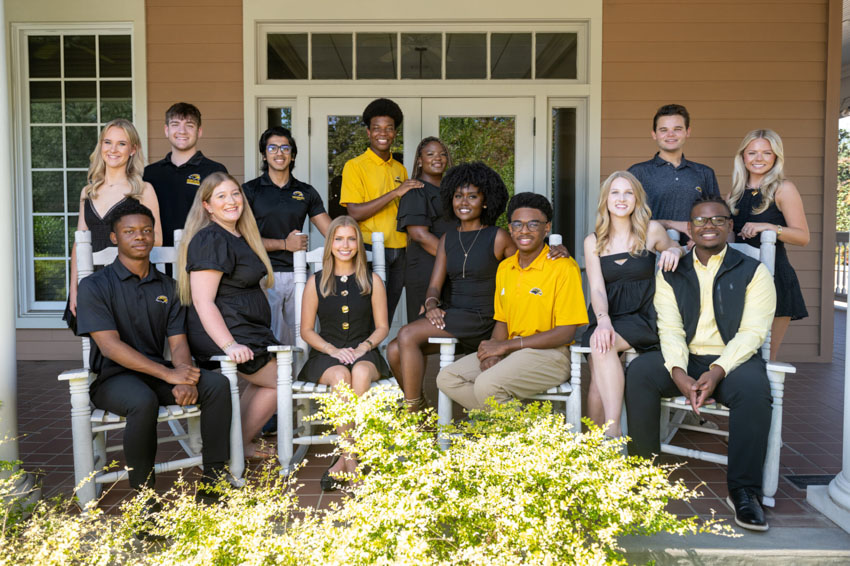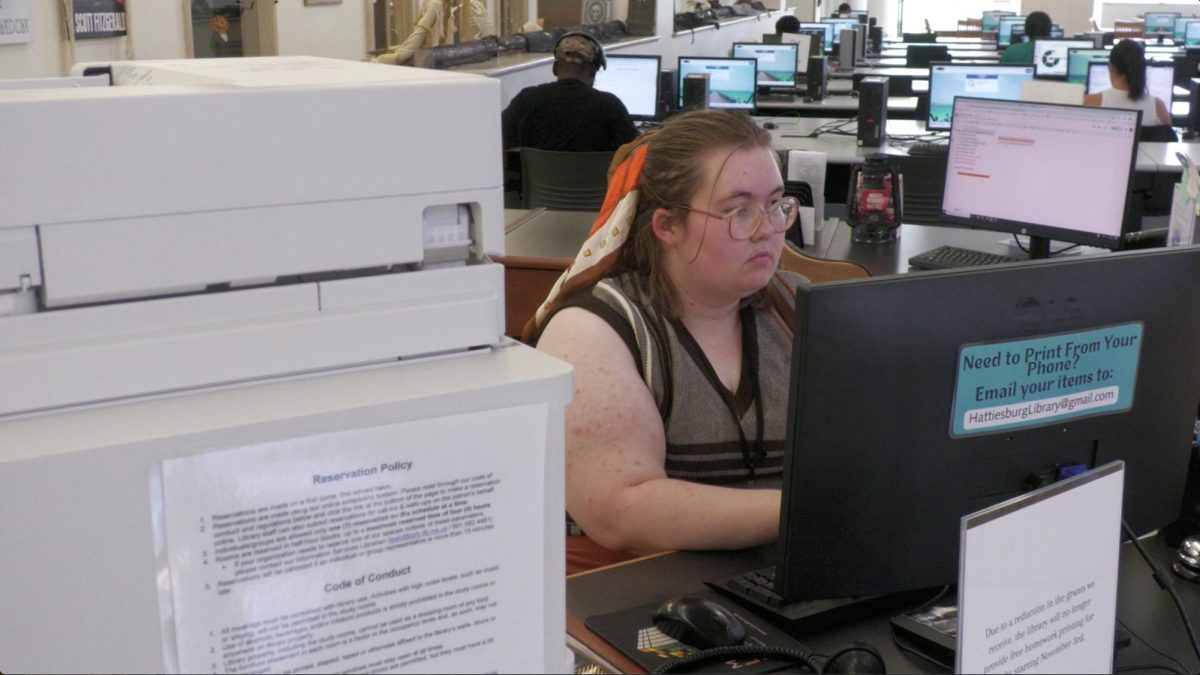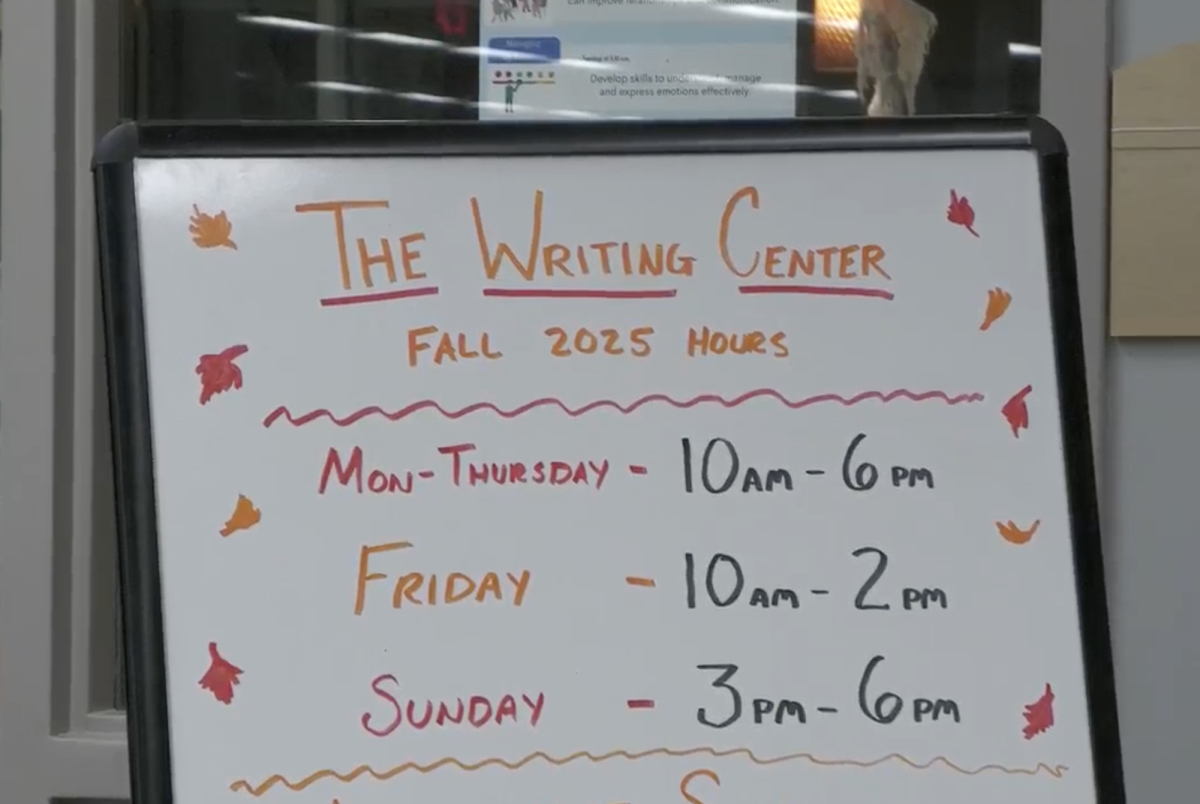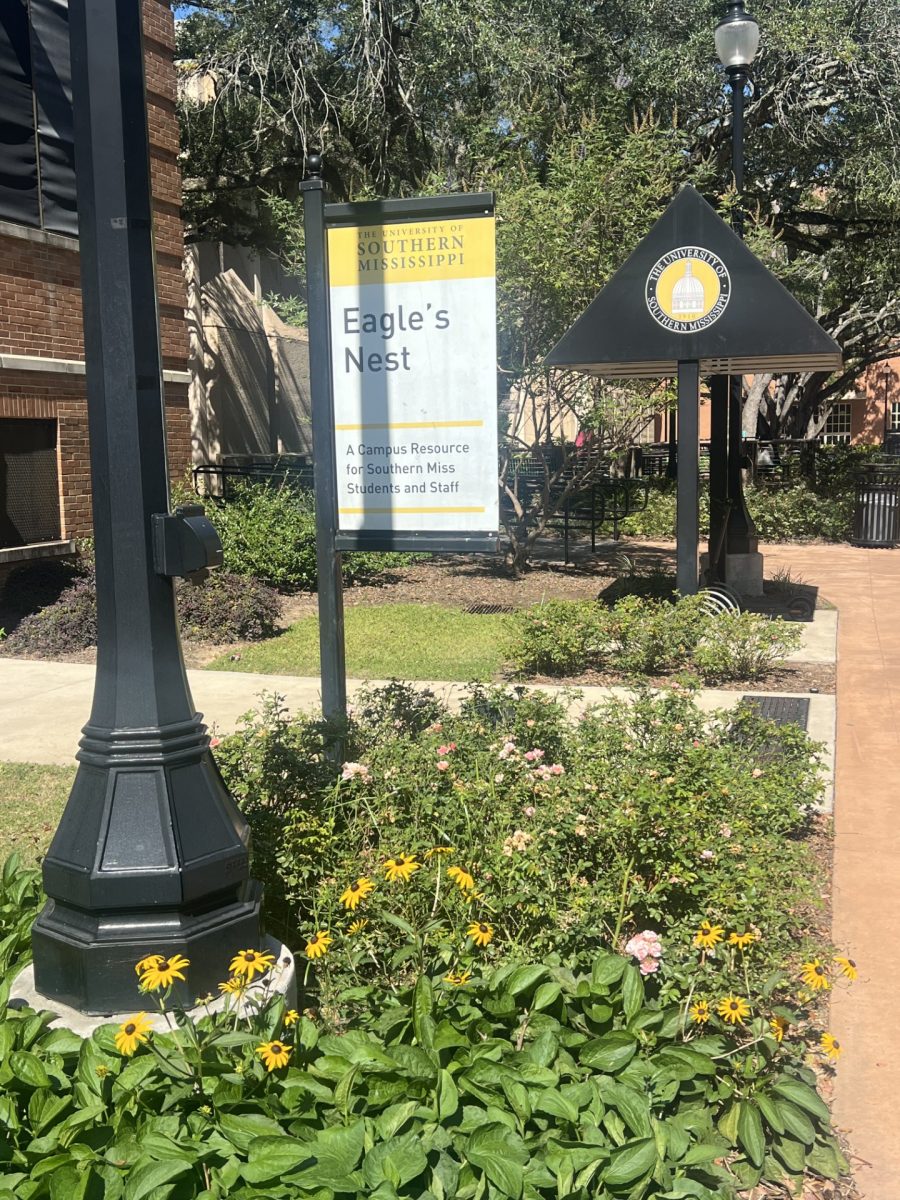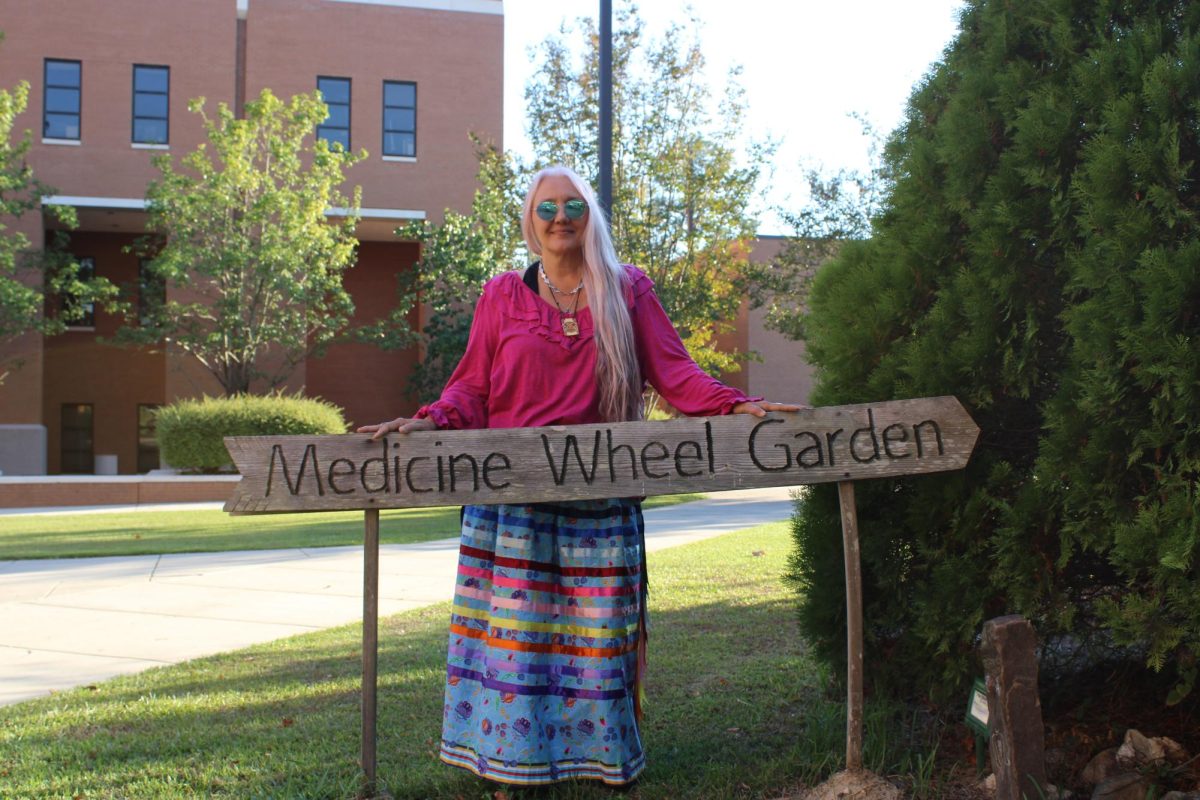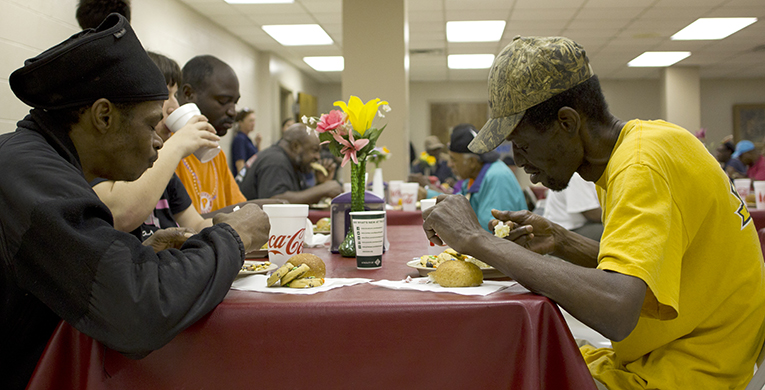
Hunt Mercier / Printz
Rule number one of being homeless: Do not tell people where you camp.
Sitting in the lobby of the Save Our Seed’s Field House, a daytime resource for homeless men, women and children, the homeless visitors disclosed their experiences living in the woods of Hattiesburg and fighting for survival.
“That’s what drove me to suicide, living in the woods with nothing to eat,” said Kyle, a native of Hattiesburg, “People came up all the time, stealing, so I had to move the camp here and move the camp there.”
Rubbing his knees with shaky hands, he said it became depressing. Kyle slowly described how he planned to stab himself with a knife. “I walked out the door, and they were like, ‘Kyle! Kyle! Man, don’t do it,’” he said. “I made it all the way across 49, facing traffic, without getting hit.”
The National Alliance to End Homelessness reports that a majority of those identified as homeless stay in transitional housing and emergency shelters, but like Kyle, 38 percent are unsheltered or living in places not intended for human habitation.
“A sleeping bag can keep you warm in below 30 degree weather once you zip it up, especially when you have two people,” Kyle said.
Other problems often arise.
“I have to go to Wal-Mart and panhandle for $4 so I can get my girlfriend medicine,” Kyle said. “I hate to do that, but it has to be done.” Kyle said he makes anywhere from $10 to a $100 during an average day of panhandling, which is begging for others’ money.

Hunt Mercier / Printz
Kyle said he was brought into homelessness through a past of drugs and crime. By spending many of his years in prison, Kyle said he became institutionalized and accustomed to the state providing for him. This made it hard for him to find a job.
Kyle, who said he is now preparing for a job interview soon, offered some advice. “It’s never too late to pick your head up,” he said. “What hurts most homeless people today is their pride, but it’s never too late.”
Picking up his feet is exactly what Lewis Jackson, of the Mississippi Gulf Coast, plans to do. Jackson came to Hattiesburg when he was 18 to attend college at The University of Southern Mississippi. After a year of school, studying polymer science, he decided to take a semester off.
“I wanted to make some money with a friend, but it wasn’t exactly legal activity,” Jackson said. “For some reason, I trusted this guy, so I decided to stay with him in his house and not go to school.”
Jackson said when they made some money, the situation took a turn for the worst.
“He ended up changing the locks, stealing my stuff and kicking me out,” he said. “He left the window in the room where I was sleeping unlocked, so I broke in and got my laptop and clothes.”
Jackson said he had nowhere to go and recalled his first official night of being homeless.
“I had got a tent, so I put it up behind campus about a mile down the Long Leaf Trace,” he said. “I found a little opening in the woods.” Jackson said body heat and clothes kept him warm, until it started to rain.
“I woke up a few hours later, and I felt weird,” he said. “I was thinking, ‘am I on a waterbed? What’s happening?’” Jackson found himself floating around in a small area of mud. Jackson said he cannot go back home.
“My step dad doesn’t want (me there)” he said. “I don’t want to burden (him).” Jackson said he is planning to go back to school however. “I’m taking an online class now, and I’m saving up some money,” he said. “I’m going to either run off and join the navy and attend school through them or take summer classes.”
Jackson said he lived on campus last year, but then this happened.
“It’s my fault really, but I’m really grateful that I found these people,” he said. “I put myself in this situation by trusting the wrong people and doing the wrong things.”
Cynthia Young, one of the directors of Field House, said the center’s focus is to help people get into homes again and find jobs, while providing a place to take care of necessities.
“A big thing for us is to make sure they get identification cards,” Young said. “Without an ID, your life spirals out of control.”
The facility also provides a place for people to shower and wash clothes. “We give people who live in the woods and in their cars a place to go,” she said. “Sometimes there is such an overflow that we have to let people stay at night.”
Young said the opening of a transitional shelter, which is a night time shelter, is in the works.
“We have a lot of children who go to school and when they get out, they don’t know where they’re going to go in the evening,” she said. “This place kind of eases the stress that they’re going through.”
According to DoSomething.org, there are nearly 2 million homeless teenagers in the United States.


